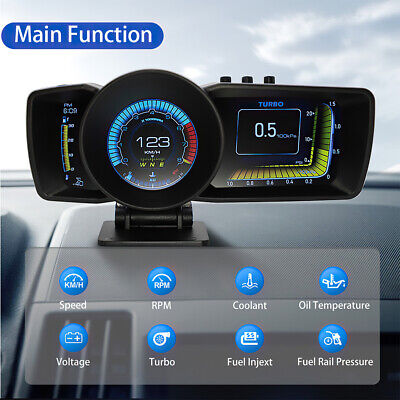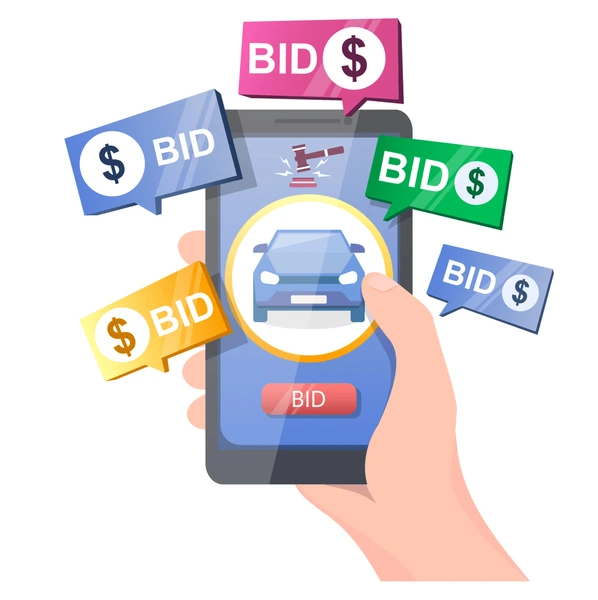How to Buy a Car from Japan and Import It to the USA: A Step-by-Step Guide
Buying a car from Japan and importing it into the United States has become increasingly popular among car enthusiasts, collectors, and everyday drivers. Japanese Domestic Market (JDM) cars are known for their exceptional build quality, low mileage, and unique models not available in the U.S.
However, importing a vehicle from Japan requires careful planning and compliance with U.S. regulations. Here’s your complete guide on how to buy a car from Japan and legally import it into the United States.
1. Understand U.S. Import Regulations
Before purchasing, ensure the car meets U.S. requirements:
- Must be at least 25 years old (classic car exemption) or fully compliant with EPA and DOT standards
- Must meet Federal Motor Vehicle Safety Standards (FMVSS)
- Requires import declaration with CBP (U.S. Customs and Border Protection)
- Must pass EPA and DOT inspections
- Right-hand drive vehicles must comply with FMVSS or be modified accordingly
Check the official NHTSA FMVSS guide and EPA import rules for full details.

2. Choose a Reputable Japanese Auction or Exporter
Popular platforms include:
- Aucnet
- Goo-net Exchange
- Cars247
- Be FORWARD
Most U.S. buyers use a U.S.-based broker or export agent who can bid, inspect, and handle logistics on their behalf.

3. Search for Suitable Vehicles
Use filters like:
- Make/model (Toyota Supra, Nissan Skyline, Mazda RX-7, Subaru WRX are popular)
- Year (older than 25 years for easier import)
- Mileage (below 50,000 km preferred)
- Shaken expiration date (ensures recent inspection)
- Body and mechanical condition reports
Look for auction grades of 3.5 or higher for better quality.

4. Review Inspection Reports and Photos
Each listing includes:
- High-resolution photos
- Damage grade (Body/Paint/Mechanical)
- Engine and transmission status
- Maintenance history
- Shaken test results
Request a video walk-through or pre-purchase inspection (PPI) if unsure about the car’s condition.

5. Place a Bid or Purchase Directly
If using a broker:
- Set your maximum bid
- Confirm payment methods (bank transfer, PayPal, etc.)
- Ensure all fees are transparent (auction, broker, shipping)
Winning bidders must pay promptly to proceed with export.

6. Arrange Shipping to the U.S.
Choose between:
- Roll-on/Roll-off (Ro-Ro) – Most cost-effective method
- Container shipping – Better for luxury or vintage cars
Common U.S. destination ports include:
- Los Angeles
- Newark
- Houston
- Baltimore
Select port-to-port or door-to-door delivery depending on your needs.

7. Handle Import and Registration in the U.S.
Steps include:
- Submit HS-7 form to CBP
- Provide:
- Bill of sale
- Bill of lading
- EPA Form 3520-1
- DOT Form HS-7
- Pay CBP processing fee ($850)
- Pass EPA and DOT inspections
- Register with your state’s Department of Motor Vehicles (DMV)
Classic cars over 25 years old usually qualify for simplified import rules.

FAQs
Q: Can I legally drive a right-hand drive car from Japan in the U.S.?
A: Yes, as long as it complies with DOT/FMVSS standards or qualifies under the 25-year exemption rule .
Q: How much does it cost to import a car from Japan to the U.S.?
A: Total cost includes:
- ¥300,000–¥1,500,000 for the car
- $300–$1,000 for auction and broker fees
- $1,000–$2,500 for shipping
- CBP, EPA, and DMV fees (~$1,000–$2,000)
- Modification costs (if needed)
Q: Do I need NHTSA approval to import a Japanese car?
A: No, unless the car is newer than 25 years and doesn’t meet FMVSS standards .





